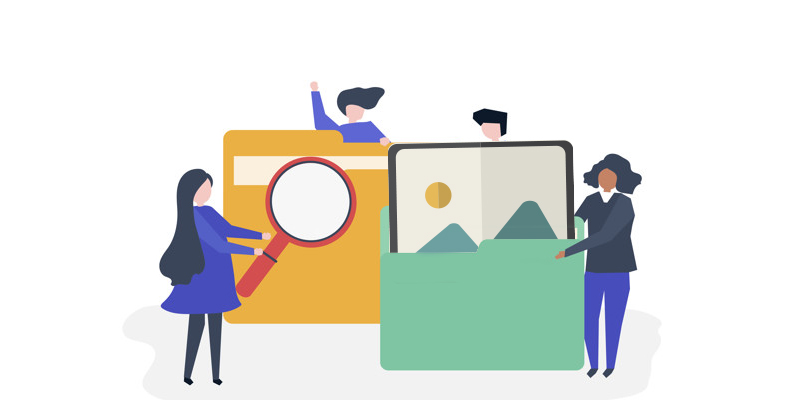

Published By: Admin
Posted On: 15 Apr 2019
Many times it happens that everything is good on the website but when any visitor comes on the website, they experience a glue-footed walk through on the website. Usually, the main reason behind this is the use of less optimized images. Optimizing images is nothing but a process of reducing the file size without losing the image quality. Using optimized images in the website speeds up the page load time and generates a better user experience. Slight modifications in the images can improve the website performance drastically. Let us discuss some tricks and tips that can wisely optimize images without spoiling them.
There are 2 primary factors that are considered while optimizing the image:
Prior to image modification, choosing the right file format is a major concern. There are many types of files formats that you can use:


There are 2 types
of compression:
A. Lossy
– With this type of compression, the size of the file is reduced to a great
extent but the quality gets spoiled. Since this can deteriorate the image, you
really have to be careful about what extent to compress the image. If you want
to perform lossy compression, you can use tools like Adobe
Photoshop, Affinity Photo, or other image editors to tune the quality of an
image.
The sole aim to optimize image is to set a balance between the lowest file size & acceptable image quality. Both the factors discussed above go hand in hand to get the best output. Picking up the right format and compression type can reduce the image size by as much as 5 times. You need to experiment smartly to look for the best balance so that the image does not look ugly. But one thing which is most required here is optimum knowledge about the tools and web. If you are not confident of performing this on your own, you must hire Website Development Company in India to get the winning results.